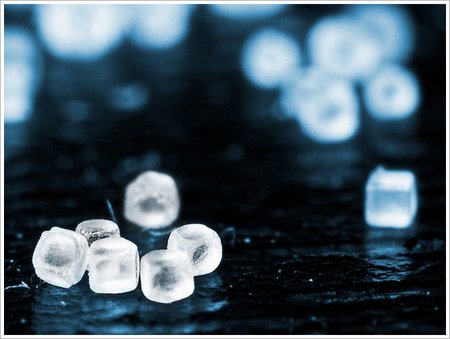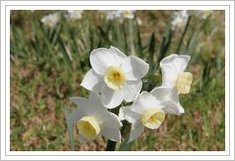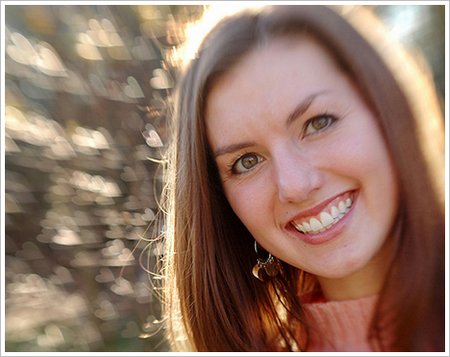Aperture
Author: Gaurav Birla August 26, 2010 No CommentsAperture is the opening in the camera which allows the light to get inside. Aperture plays an important role in defining your images in terms of depth of focus and Bokeh. Let’s have a look at this amazing yet very simple control on the camera.

Aperture is the size of the opening in the lens when the shutter opens and a picture is taken. It is a measure of size of the opening relative to the focal length of the lens being used. So, to make calculations easier and to make sure that it can be related to other settings like shutter speed, it is denoted in f-stop. It is also measured in “f/number” – e.g. F/2.8, f/4, f/5.6,f/8,f/22 etc. Since the number is the denominator here, larger number means small opening i.e. f/1.2 is bigger than f/22.

Moving from one f-stop to the next doubles or halves the size of the amount of opening in your lens which in turn changes the f/number value by fractions of 1.41 (square root of 2) and not double or half it. E.g. moving one stop up from f/2, we get to f/2.8 and stopping down from f/2 will get us f/1.4
So what does aperture do? Since it’s the opening through which light enters the camera to expose the sensor, the bigger the opening more light passes through it. So it directly controls the amount of light entering the camera and thus exposure.


The images of the flower present about has been taken from the same position with the exact same exposure but different aperture. You can notice the difference in the depth of focus by observing the background in the images. The image on the left uses a larger aperture, thus, blurring the background because of reduced depth of focus. The image on the right uses a smaller aperture, thus increasing the depth of focus and the background appears sharper compared to the previous one.
Another role of aperture is defining DOF (Depth of Field). Depth of field is the portion of a scene that appears acceptably sharp in the picture. Large aperture (e.g. f/1/2, f/3.6 ) reduce the depth of field, so only the point on which focus was achieved, remains in sharp focus and other objects closer or farther to the camera, compared to the focused object, begin to appear blurred. Small aperture reverses the effect. On using very small apertures the complete picture appears to be in focus, the kind of effect one would want on landscape photographs. Shallow depth of field is preferred in portrait photography where the photographer wants the viewer to only look at the subject and the background is put out of focus, achieved with large apertures.
 Another important element created in the photograph by apertures is the bokeh. It can be simply understood as the blurred lights visible in the background when you photograph objects at night. Generally we would not have noticed any other shape than circles but it is possible to modify the shape of the apertures, thus changing the shape of the bokeh.
Another important element created in the photograph by apertures is the bokeh. It can be simply understood as the blurred lights visible in the background when you photograph objects at night. Generally we would not have noticed any other shape than circles but it is possible to modify the shape of the apertures, thus changing the shape of the bokeh.
